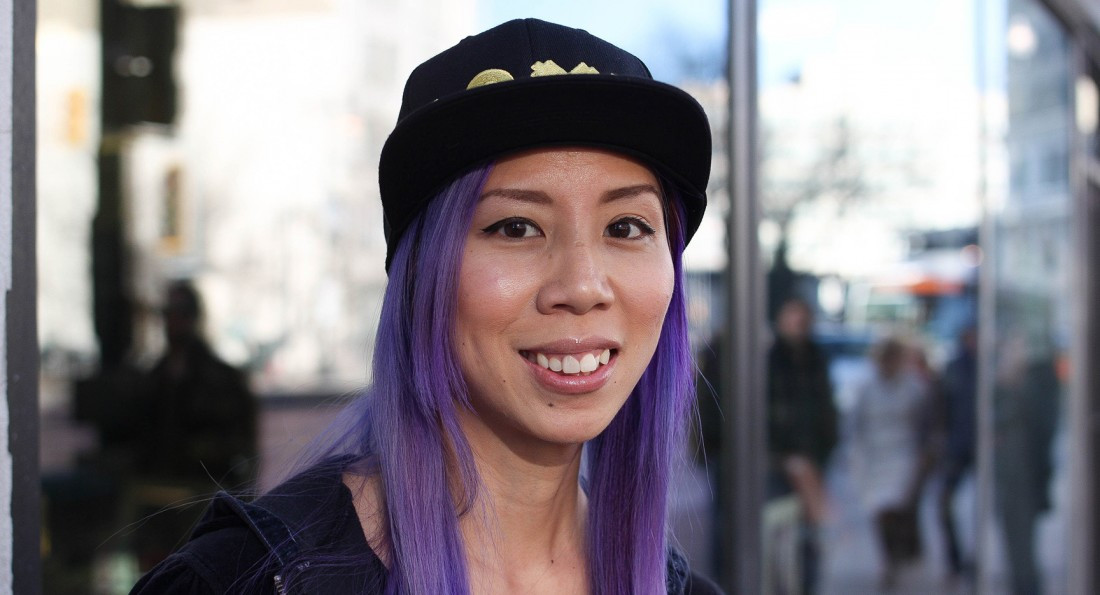The perils of selling handmade
What Winnipeg artisans need to know
Some artists say Winnipeggers need to be wooed before they’ll put down money to support their work.
“It takes a lot longer for art pieces to sell locally than in other places,” artist Grady Kuly says.
The Winnipeg-based artist upcycles skateboards into pieces of functional art, including clocks and knives.
While he mostly sells his wares locally, they’re also available elsewhere, including California, which has a huge skateboard scene.
“It is a bit easier to sell outside Winnipeg, mainly because all the people have seen examples of my art,” he says.
In California, buyers tend to be more familiar with his style of art, therefore, he says he sells more there.
While Winnipeg also has a large skateboard scene, Kuly says it takes more work to turn a passerby into a customer.
“Locals of Winnipeg like to chit-chat and throw ideas back and forth,” Kuly says.
He says he finds this to be a more personable approach to buying from an artist than simply picking out a piece, but it takes longer to actually make a sale.
“It’s pretty tough to sell until you get your name out there,” he says.
Jordan Leigh Miller has noticed this at Cre8ery, the gallery she works in.
“Generally, people come to see a specific artist, and they buy from only that artist, even if they love someone else’s work,” Miller says.
Justin Currie has been selling at the Central Canada Comic Con for eight years and also now travels to other places across North America.
He notices that different cities tend to have different overall preferences regarding the types of art they want, but otherwise the experience is similar everywhere for him.
“The first time I’ll go to a city, the show will be okay. But the more you go back, the better it gets,” Currie says. “And I think that’s true of everywhere, but especially in Winnipeg, because I can do a lot of events, not just one a year.”
In many cases, he says it seems buying his stuff feels less about his new work and more about supporting him.
“I’ve been doing prints and selling at Comic Con for a little while, which has evolved into publishing my own graphic novel, and it’s been pretty crazy the amount of local support I’ve gotten for my graphic novel,” Currie says.
Reactions from his Winnipeg fan base have been overwhelmingly good, he says.
Cathleen Hues – an artist and graphic designer more commonly known as Pink Panda – does abstract art with a lot of line work and vibrant colors.
“I currently sell a combination of marker, pen, pencil drawings, painted canvases and hand-painted skate decks,” Hues says.
For more than a decade, she’s been successfully working as a graphic designer, but she’s had a tougher time gaining exposure as an artist.
She says she is still a newbie when it comes to selling her art, and she thinks her work might sell more quickly once she finds the right buyers.
“The part I find tough is finding a way to reach my target demographic,” Hues says.
Published in Volume 71, Number 14 of The Uniter (January 5, 2017)







